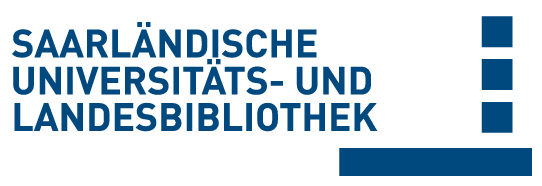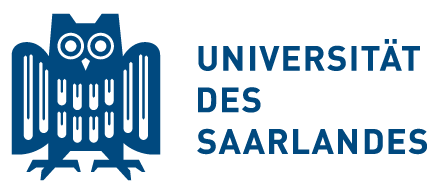Please use this identifier to cite or link to this item:
Volltext verfügbar? / Dokumentlieferung
doi:10.22028/D291-41543 | Title: | Macrophage-activating lipoprotein (MALP)-2 impairs the healing of partial tendon injuries in mice |
| Author(s): | Fritz, Tobias Schäfer, Julia Scheuer, Claudia Stutz, Janine Histing, Tina Pohlemann, Tim Menger, Michael D. Laschke, Matthias W. Klein, Moritz Orth, Marcel |
| Language: | English |
| Title: | Annals of Anatomy |
| Volume: | 239 (2022) |
| Publisher/Platform: | Elsevier |
| Year of Publication: | 2021 |
| Free key words: | MALP-2 Tendon healing Tendon injury Inflammation Gait analysis Catwalk XT |
| DDC notations: | 610 Medicine and health |
| Publikation type: | Journal Article |
| Abstract: | Tendon injuries are accounted for up to 50% of musculoskeletal injuries and often result in poor outcomes. Inflammation is a major hallmark of tendon regeneration. Therefore, we analyzed in this study whether the topical application of the pro-inflammatory mediator macrophage-activating lipoprotein (MALP)-2 improves the healing of partial tendon injuries. C57BL/6 mice underwent a partial tenotomy of the flexor digitorum longus tendon of the left hind limb, which was treated with a solution containing either 0.5 µg MALP-2 or vehicle (control). Repetitive gait analyses were performed prior to the surgical intervention as well as postoperatively on days 1, 3, 7, 14 and 36. The structural stability of the tendons was biomechanically tested on day 7 and 36. In addition, Western blot analyses were performed on isolated tendons that were treated in vitro with MALP-2 or vehicle. In both groups, partial tenotomy resulted in a pathological gait pattern during the initial postoperative phase. On day 7, the gait pattern normalized in vehicle-treated animals, but not in MALP-2- treated mice. Moreover, the tendons of MALP-2-treated mice exhibited a significantly reduced biomechanical stiffness after 7 and 36 days when compared to controls. Western blot analyses revealed a significantly higher expression of heme oxygenase (HO)-1 and lower expression of cyclin D in MALP-2-treated tendons. These findings indicate that MALP-2 delays the healing of injured tendons most likely due to increased intracellular stress and suppressed cell proliferation in this naturally bradytrophic tissue. Hence, the application of MALP-2 cannot be recommended for the treatment of tendon injuries. |
| DOI of the first publication: | 10.1016/j.aanat.2021.151818 |
| URL of the first publication: | https://doi.org/10.1016/j.aanat.2021.151818 |
| Link to this record: | urn:nbn:de:bsz:291--ds-415430 hdl:20.500.11880/37225 http://dx.doi.org/10.22028/D291-41543 |
| ISSN: | 0940-9602 |
| Date of registration: | 2-Feb-2024 |
| Faculty: | M - Medizinische Fakultät |
| Department: | M - Chirurgie |
| Professorship: | M - Prof. Dr. Michael D. Menger |
| Collections: | SciDok - Der Wissenschaftsserver der Universität des Saarlandes |
Files for this record:
There are no files associated with this item.
Items in SciDok are protected by copyright, with all rights reserved, unless otherwise indicated.

